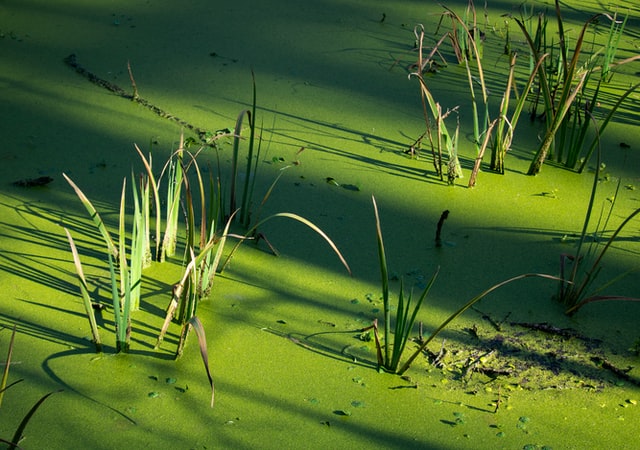
NC Warns Warmer Weather Increases Chances of Harmful Algal Blooms
North Carolina -- May 4, 2022: Algae blooms are a natural occurrence in all bodies of water, but certain environmental conditions can cause rapid cell growth,
which is known as blooming."Algal blooms can occur throughout the year, but conditions during the warmer months help to increase the number of blooms that occurs ," said DWR's Algae Bloom Response
Coordinator Daniel Wiltse.
Increased nutrients (nitrogen and phosphorus), higher temperatures, more sunlight, and little or no water flow are all examples of these circumstances.
Surface scums (which look like spilt paint and can be bright green, red, brown, or blue), algal mats (dense, macroscopic growths that float on the water surface), or discoloration throughout the water column are all examples of algal blooms. Wind and wave motion cause blooms to move. Decomposing algae can emit a strong, nasty odor that can spread across a vast region.
Toxins produced by certain algae can cause health problems in humans, pets, and aquatic species. Harmful Algal Blooms are blooms that have the potential to harm people, animals, and the environment (HABs). You can't tell if a bloom is hazardous just by looking at it.
The Division of Public Health (DPH) of the North Carolina Department of Health and Human Services regularly advises the public to avoid contact with significant accumulations of algae and to keep children and pets from swimming or swallowing water in an algal bloom. Keep in mind that when in doubt, stay out!
DPH suggests the following steps to safeguard against algal blooms:
Keep children and pets away from water that appears bright green, blue, discolored, or scummy.
Do not handle or touch large mats of algae.
Avoid handling, cooking, or eating dead fish that may be present.
If you come into contact with an algal bloom, wash thoroughly.
Use clean water to rinse off pets that may have come into contact with an algal bloom.
If your child appears ill after being in waters containing an algal bloom, seek medical care immediately.
If your pet appears to stumble, stagger, or collapse after being in a pond, lake, or river, seek veterinary care immediately.
To report an algal bloom, contact the nearest DEQ regional office or submit a report online. To view reported algal bloom events, visit DWR’s Fish Kill & Algal Bloom Dashboard.
To learn more about algal blooms visit the DWR website. For more information on the potential health effects from algal blooms, visit the DPH website


 How to resolve AdBlock issue?
How to resolve AdBlock issue? 